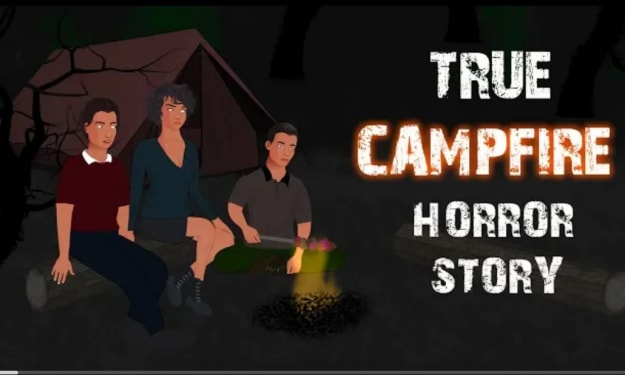
The eerie tales of exhuming graves and discovering catfish in coffins may send shivers down many spines, but for people living in marshy and waterlogged areas like Nong Cong, Thanh Hoa, it's not an uncommon occurrence.
Because these fish are often found in unique habitats like burial sites, caves, and burrows, they have become associated with eerie and mysterious stories. As a result, rumors have circulated that these fish have a penchant for crawling into coffins to consume human remains, earning them the name "ghost fish."
According to Mr. Vu Huu B., a 56-year-old resident of Thang Binh commune, Nong Cong district, Thanh Hoa, the grave excavation for his grandfather took place in the middle of March in the lunar calendar of 1992. The weather was still chilly, and the team of 12 people worked barefoot, rolling up their pants as they ventured into the village cemetery located amidst the fields, about 100 meters from the riverbank. He explained that the soil in this area is swampy due to year-round flooding.
The team of laborers dug through layers of earth, progressing from the upper layer to the lower layer of the grave. After removing layers of mud and dirt to a depth of more than 1 meter, they uncovered the coffin. "Usually, when people see the burial clothing, they proceed to exhume the deceased's remains and relocate them. However, what surprised everyone was that under the burial clothing, there were continuous sounds emanating, which frightened everyone. In the middle of a deserted field, with darkness all around, nobody said a word, and they huddled close to each other," Mr. B. recounted the story with a trembling voice.
Mr. B. stated that at that moment, even his biological grandfather (the leader of the grave excavation team) felt a bit "chilled." However, because he looked around and saw that everyone else was standing still, he mustered all his courage and said in a trembling voice, "Everyone stand back, there might be a wild buffalo or something that crawled into this deep underground den, causing those noises."
After everyone had moved back and formed a large circle around the grave, the elderly man rolled up his sleeves and slowly opened the coffin lid. When the coffin board was flipped open, he exclaimed in shock. Under the light of three kerosene lamps, a group of golden catfish wriggled inside the coffin, completely covering the deceased's remains. They slithered in and out, and within the coffin was a moving mass.
Upon hearing the elder's exclamation, the grave diggers rushed back and peered into the grave. The catfish frightened everyone because they had no idea how a school of fish could find its way into a "loft" inside a coffin. However, after summoning the courage to retrieve all the fish from the grave and complete the process of cleaning and burying the deceased, the grave diggers discovered that a portion of the coffin's bottom had been hollowed out, leading to a few small burrows below the muddy ground. After the coffin board was pulled up from the pit, people could still see catfish poking out of these burrow openings.
"Because the village cemetery is in a marshy area that's submerged in water all year round, it's possible that after several years of burial, the wooden coffins become hollowed out. Moreover, the nature of these fish is that they like burrowing and prefer damp, swampy places, often living in small groups in caves and burrows. So, when there's a gap or opening in the coffin, connecting to deep burrows beneath the muddy ground, they crawl in. However, we never expected them to thrive inside graves to such an extent," explained Mr. B.
According to Mr. B., after the catfish were removed from the grave, the grave diggers released them into a nearby field. The number of fish was estimated to be nearly 20 kilograms, ranging in size from small to large. The largest one weighed around 6-7 taels.
"The presence of catfish under the graves of the deceased in the village cemetery has not been uncommon. However, their numbers are not high, just a few individuals, and sometimes they create burrows right outside the coffins. When they happen to dig into such burrows, they crawl out, and sometimes people catch eels as well. As for the story of exhuming graves and 'rescuing' dozens of kilograms of catfish like in my family's case, that's a rare occurrence," Mr. B. explained.
Catfish have not only been found in graves but also in dry caves above ground. Recently, a man in Thong Thuong, Tuy Loc commune, Hau Loc district, Thanh Hoa, dug a shallow cave about 50 centimeters deep next to a banana tree and caught a school of 10 catfish, surprising many people because these fish were able to survive in a dry environment.
However, if one were to understand the characteristics of catfish, they would see that these fish are not as eerie as the rumors suggest. Because they can breathe in the air, when the rainy season ends, these fish often dig burrows and retreat deep into the ground. Catfish are omnivorous and feed on insects, worms, and ants. With their burrowing nature, they usually dig deep burrows in moist soil to establish their nests. Therefore, wet and swampy cemetery plots are an ideal place for them to create burrows, which explains why in some cemetery areas within a 200-meter radius that lack ponds or lakes, these fish can still thrive.





Comments
Test is not accepting comments at the moment
Want to show your support? Send them a one-off tip.